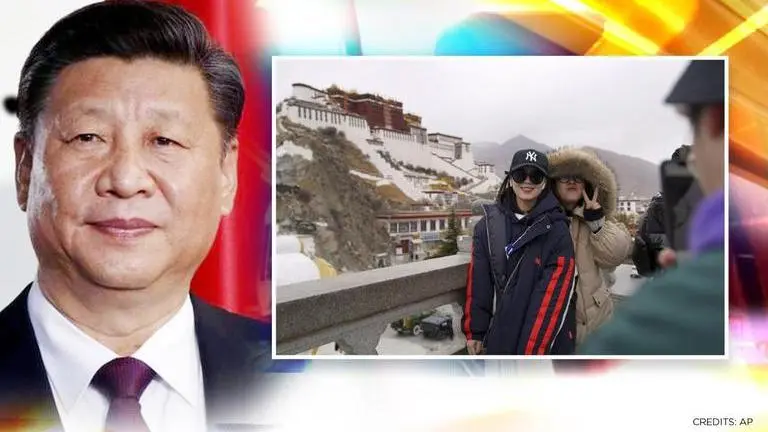Updated 4 December 2020 at 13:33 IST
China re-opened Tibet in March fearing instability despite COVID-19 surge: Report
China reopened the Tibet Autonomous Region (TAR) for tourists in March, even when the country was witnessing an increase in COVID-19 cases.
- World News
- 2 min read

China reopened the Tibet Autonomous Region (TAR) for tourists in March, even when the country, along with the rest of the world, was witnessing an increase in COVID-19 cases. China said that Tibet received over 1.8 million tourists during the National Day holiday, providing US$146 million in revenue to the region, proclaiming rapid growth of the regional tourist economy.
Reopened due to security concerns
However, it has been reported that Beijing reopened the region because of the security concern regarding growing instability in the region and not because it wanted to see a growth of tourist economy as being claimed by China. Due to the rush into reopening the region, the first and only case of COVID-19 was reportedly recorded in Tibet and the person was from Wuhan, from where the virus is believed to have originated.
Advertisement
After a series of protests that broke in the 1980s in Tibet, China announced the "development and stability" policy as a countermeasure to control the political unrest in the region. The government claimed that the lack of development was the reason behind growing instability. Under a massive development programme, China managed to make Tibet one of the fastest-growing economies in the country. However, in terms of the human development index, the region is still one of the most backward in China.
Advertisement
China always uses the development works in the region as an excuse to defend its repressive policies. With a massive inflow of money in the form of state subsidies, China aims at achieving stability in the region, which is one of the key reasons how the Communist government has managed to maintain a firm grip in the region. Huge investments in the construction sector have transformed Tibet into a more service-led economy from an agriculture-led economy.
(With inputs from ANI)
Published By : Vishal Tiwari
Published On: 4 December 2020 at 13:34 IST
